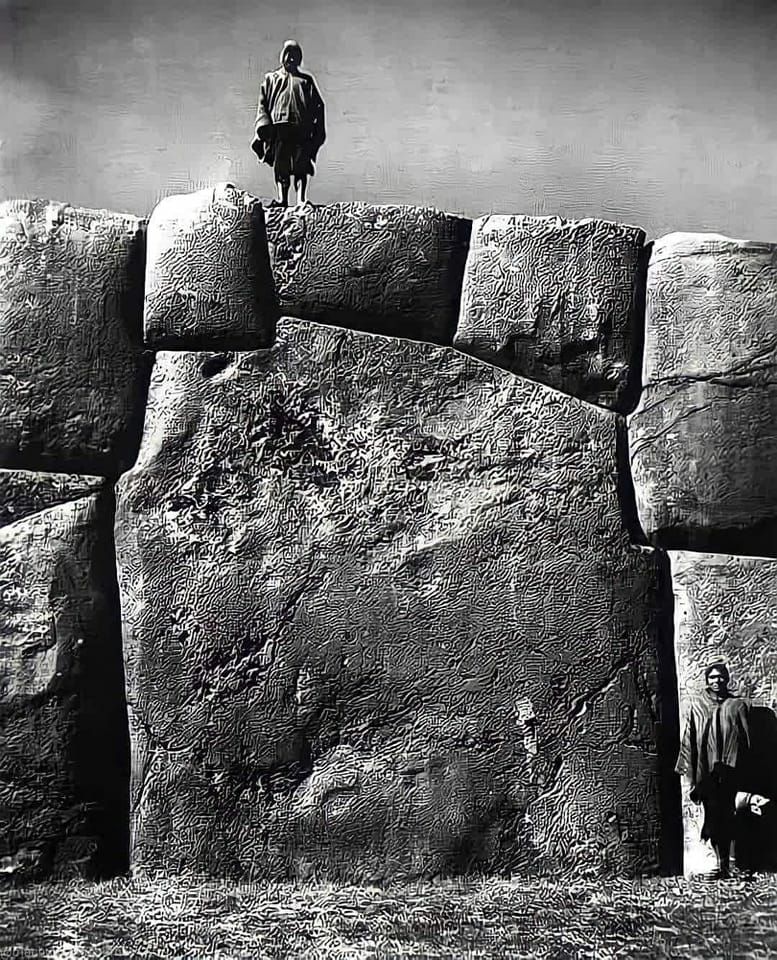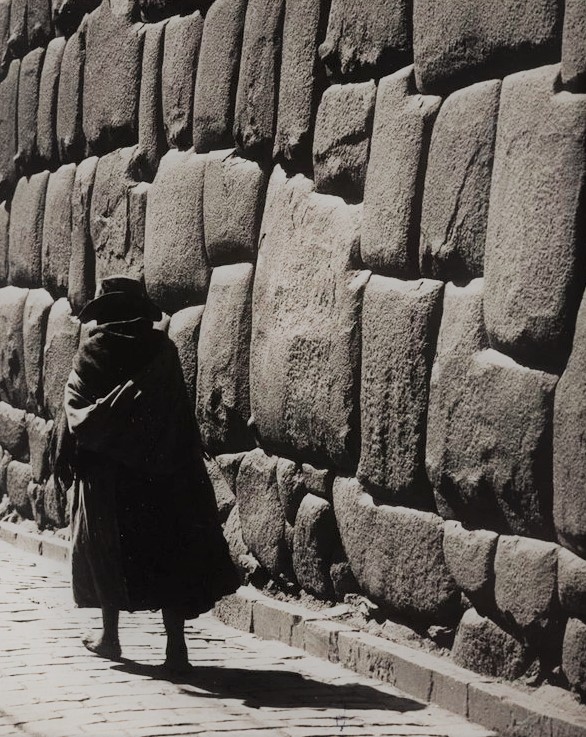Four questions. Who, when, how and why?
The enigmatic Peru walls, also known as the Nazca Lines or Nazca Geoglyphs, have long captivated the imagination of researchers, archaeologists, and history enthusiasts. These vast and intricate designs etched into the desert floor of southern Peru have raised numerous questions about their purpose and origin. One intriguing aspect that has sparked speculation is the depth to which these lines extend into the ground.
When considering the depth of the Peru walls, it is important to note that they are not physical structures or walls in the traditional sense. Instead, they are ancient geoglyphs created by removing the reddish-brown iron oxide-coated pebbles on the surface to reveal the lighter-colored earth beneath. This process created a stark contrast that allowed the lines to be visible from above.
The depth to which these lines extend can vary depending on several factors, including the location and the preservation over time. In general, the depth of the lines is relatively shallow, typically ranging from a few centimeters to a few decimeters. Some lines may have eroded or been altered due to natural processes or human activities, potentially affecting their original depth.
It is worth mentioning that the Nazca Lines were not intended to be viewed from ground level but rather from above, such as from the nearby hillsides or even from the air. The shapes and patterns of the geoglyphs can only be fully appreciated when seen from an elevated perspective.
As for the idea that the Peru walls could be the top of much larger buried structures, it is an intriguing thought, but it does not align with current knowledge and understanding of the Nazca Lines. Extensive research, including ground surveys and satellite imaging, has not revealed any significant structures or formations beneath the lines that would suggest a hidden architectural wonder.
While the depth of the Nazca Lines themselves may not be substantial, their cultural and historical significance cannot be understated. These ancient geoglyphs, created by the Nazca culture between 500 BCE and 500 CE, depict various animals, plants, geometric shapes, and humanoid figures. The purpose behind their creation remains a subject of debate, with theories ranging from astronomical markers and religious symbols to irrigation systems and ceremonial pathways.
The Nazca Lines continue to be a source of fascination and intrigue, drawing visitors from around the world to marvel at their immense scale and intricacy. They serve as a testament to the ingenuity and creativity of past civilizations and remind us of the mysteries that still lie hidden within our planet’s ancient landscapes.
In conclusion, while the Peru walls, or Nazca Lines, are not physically deep structures, their cultural and historical significance cannot be overlooked. Their purpose and meaning continue to be subjects of research and speculation, offering a glimpse into the rich and complex tapestry of human history.
Hits: 0




